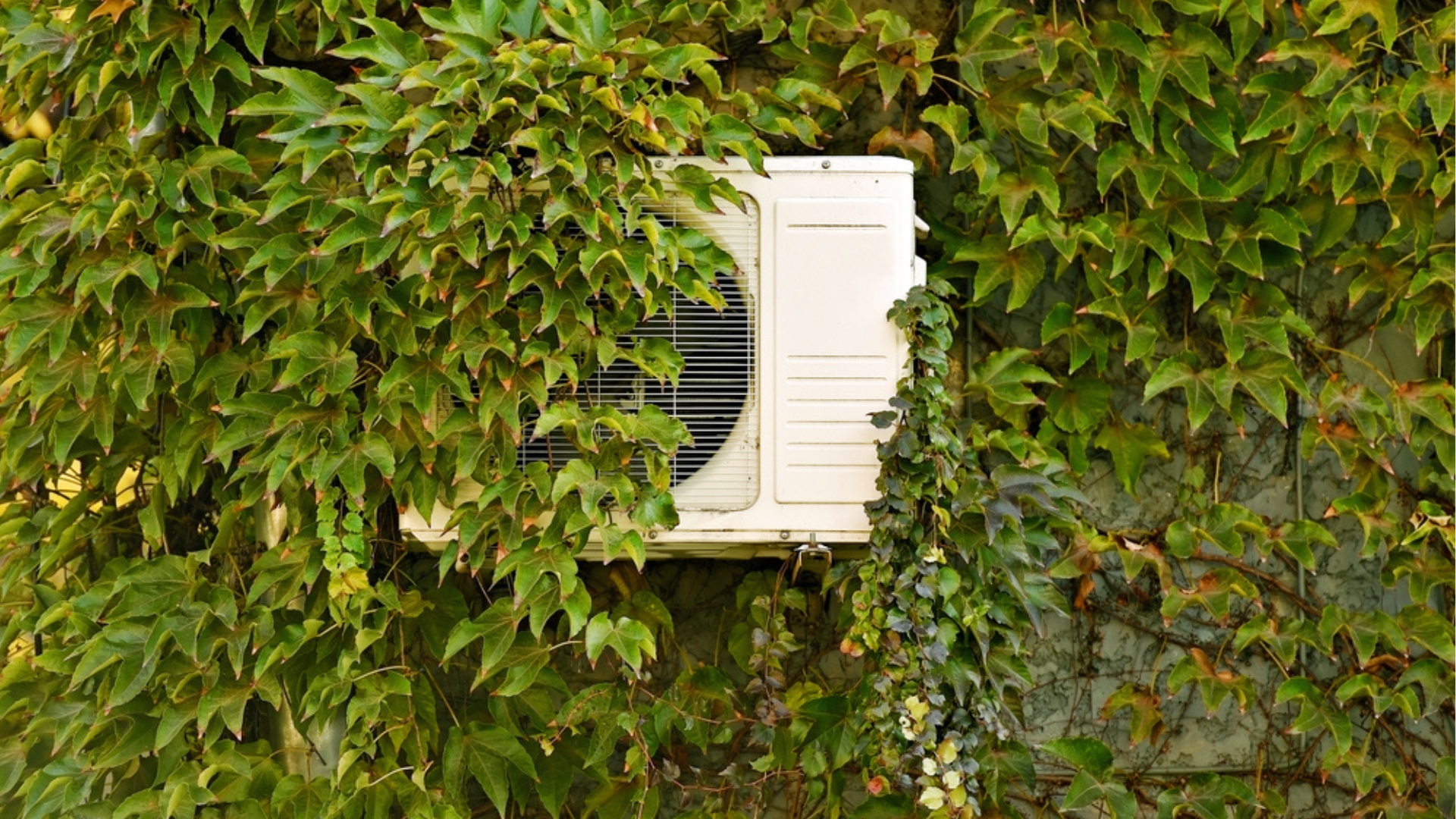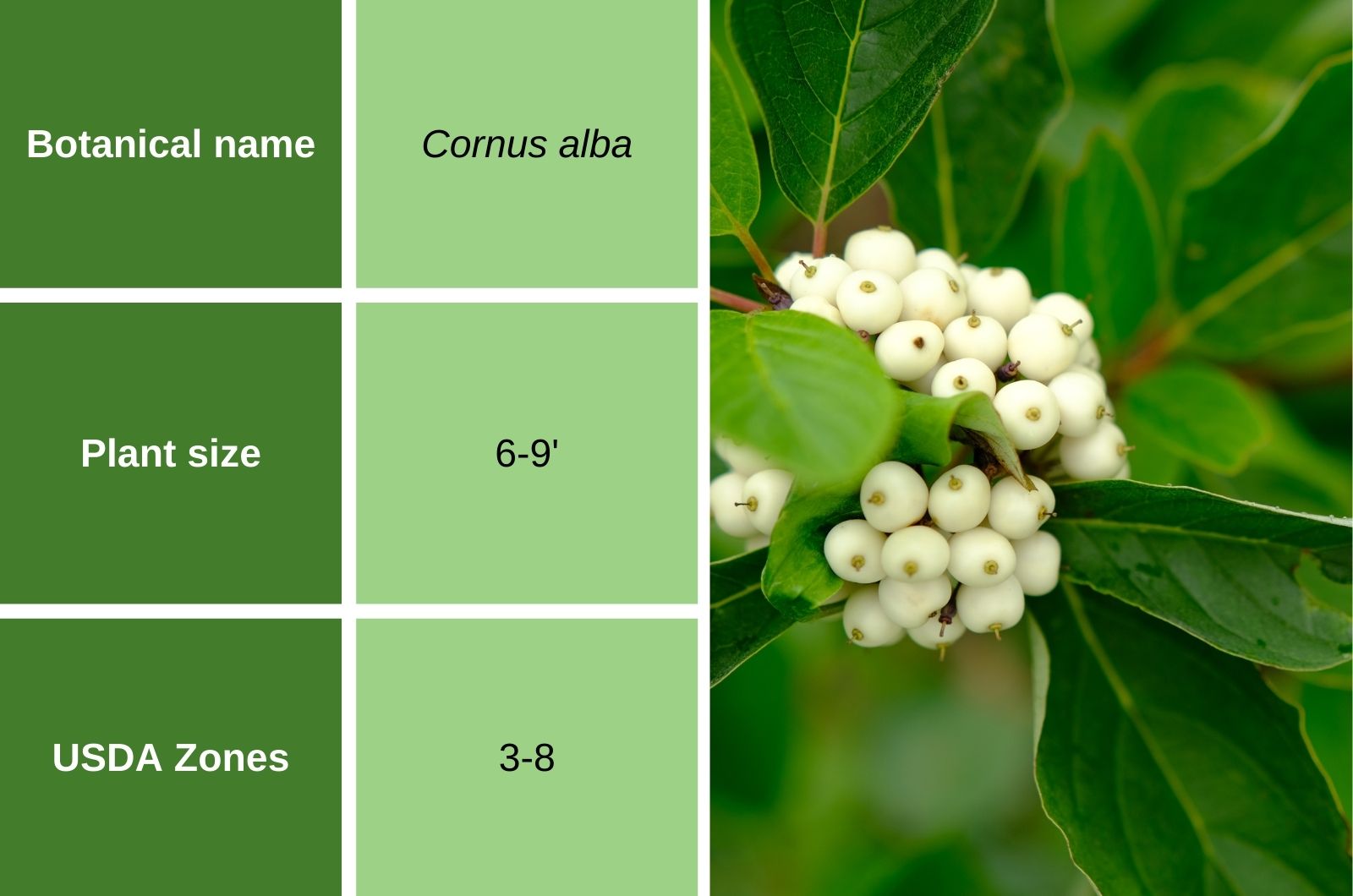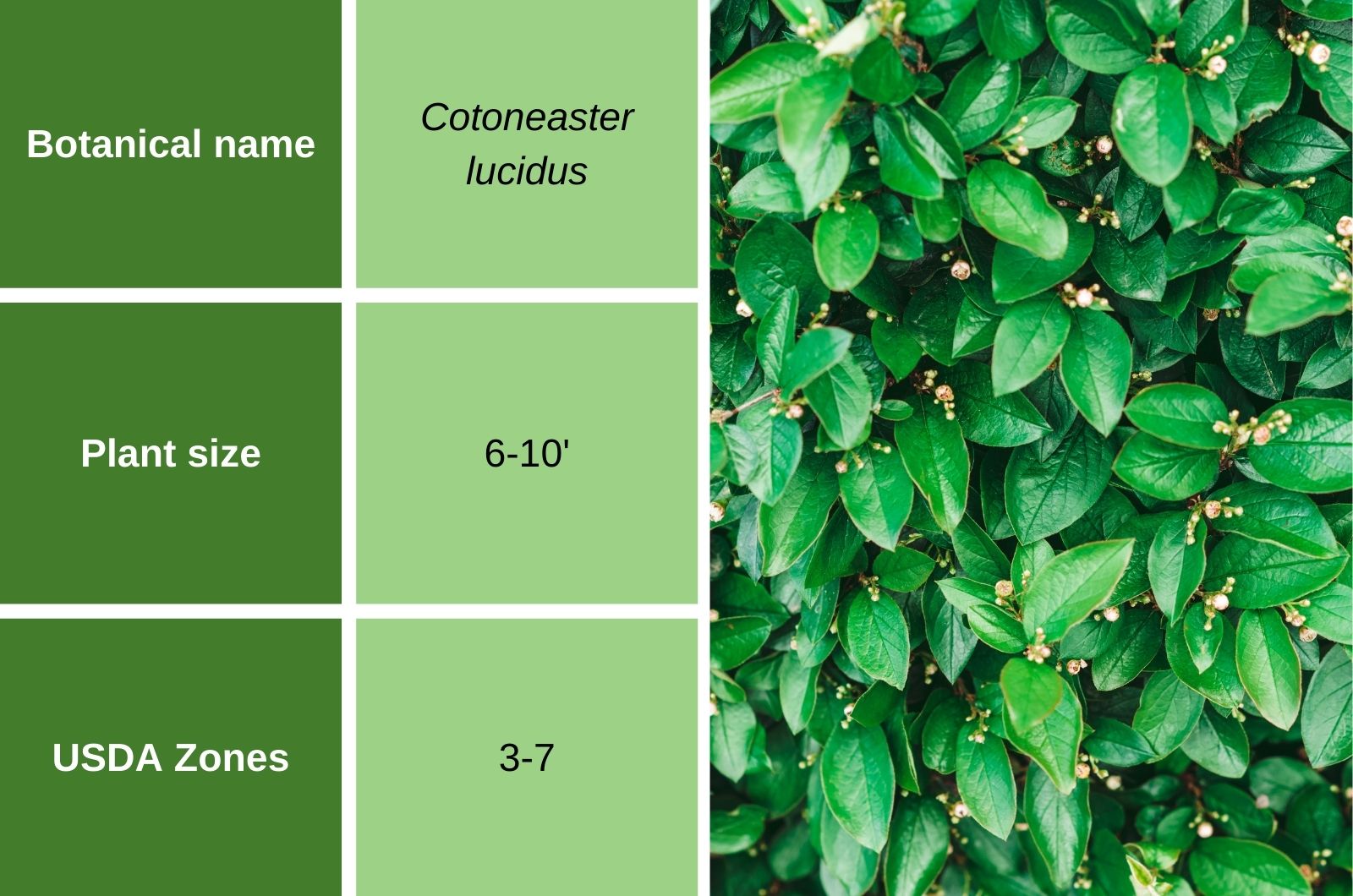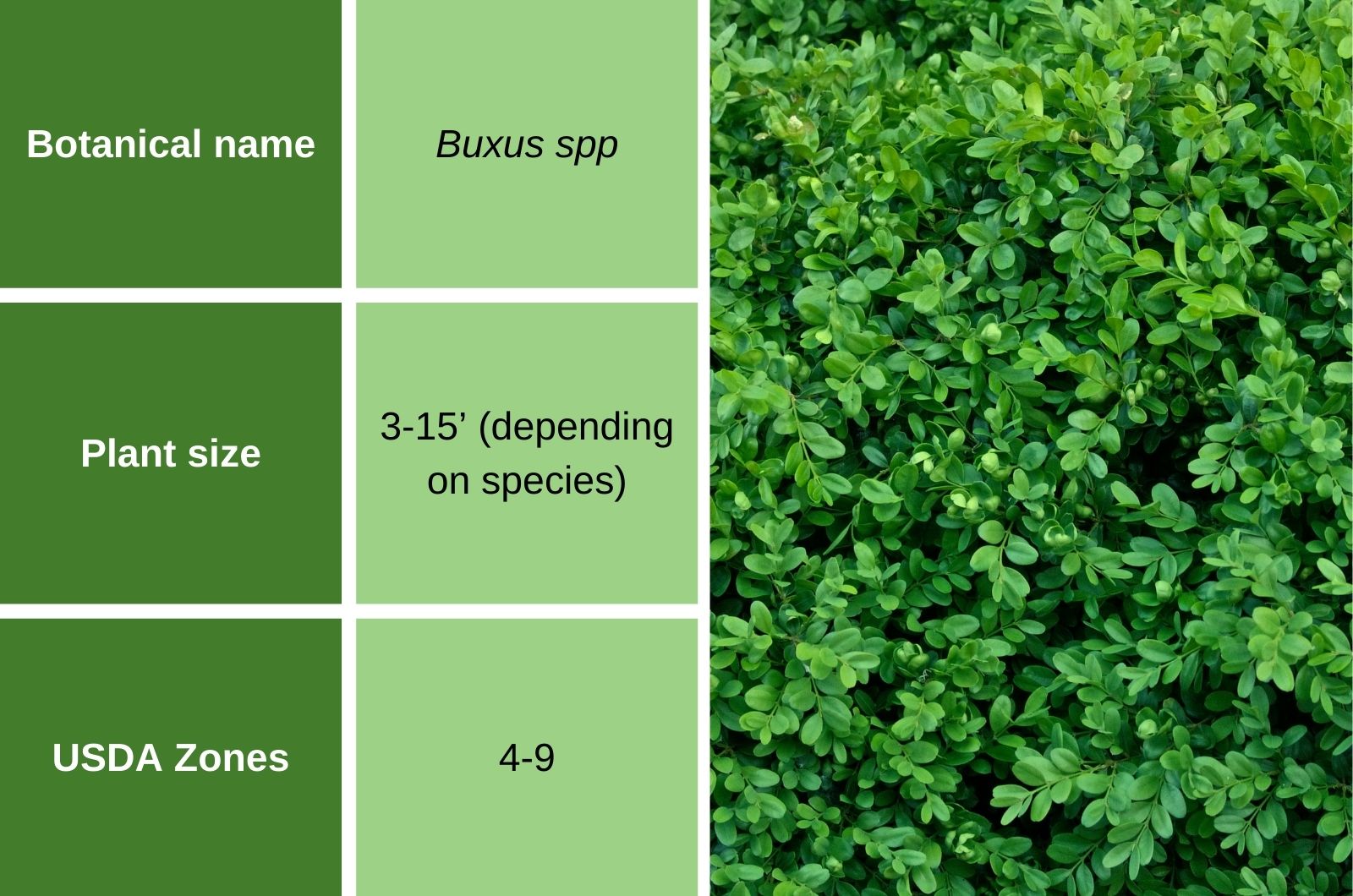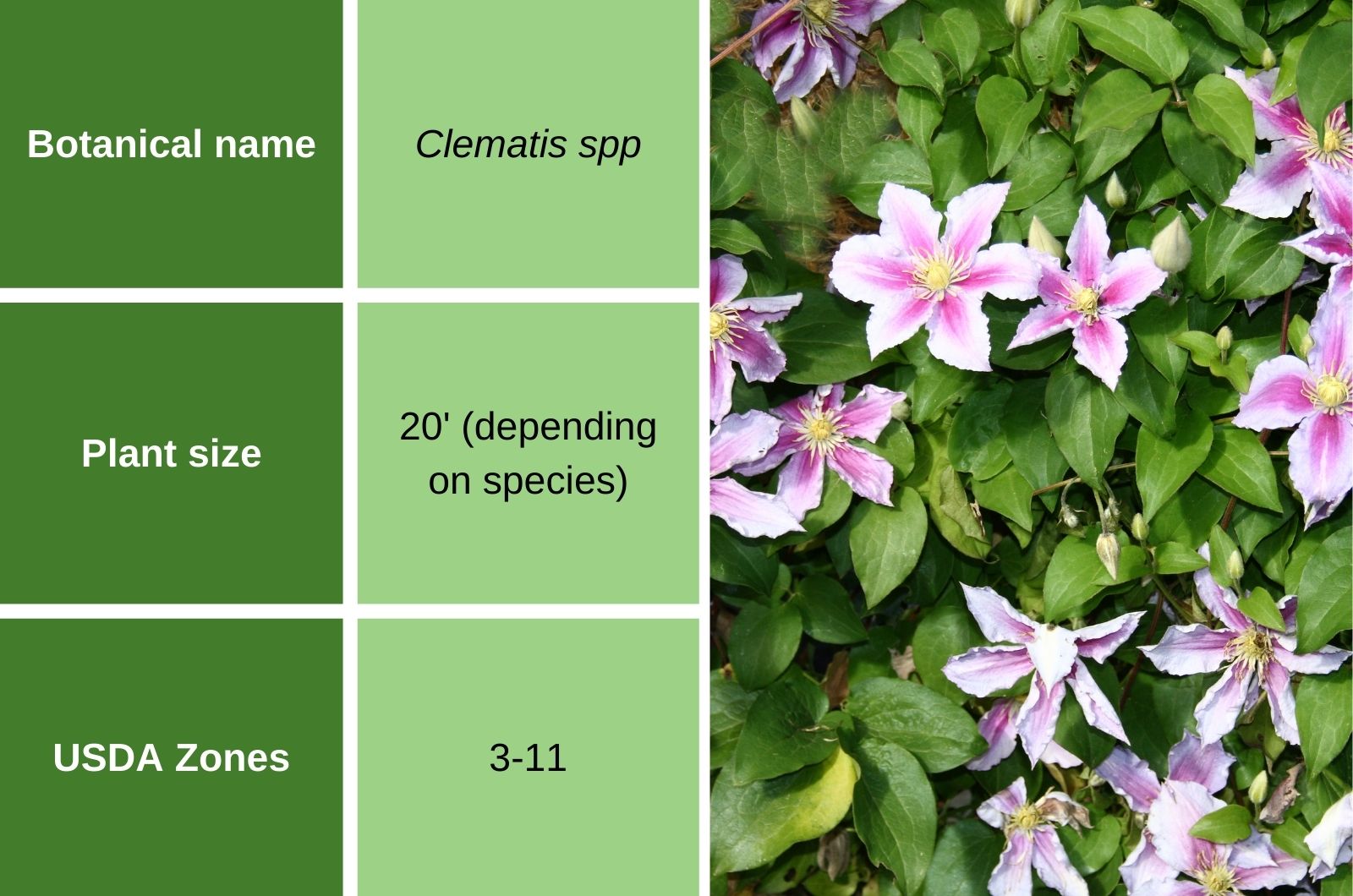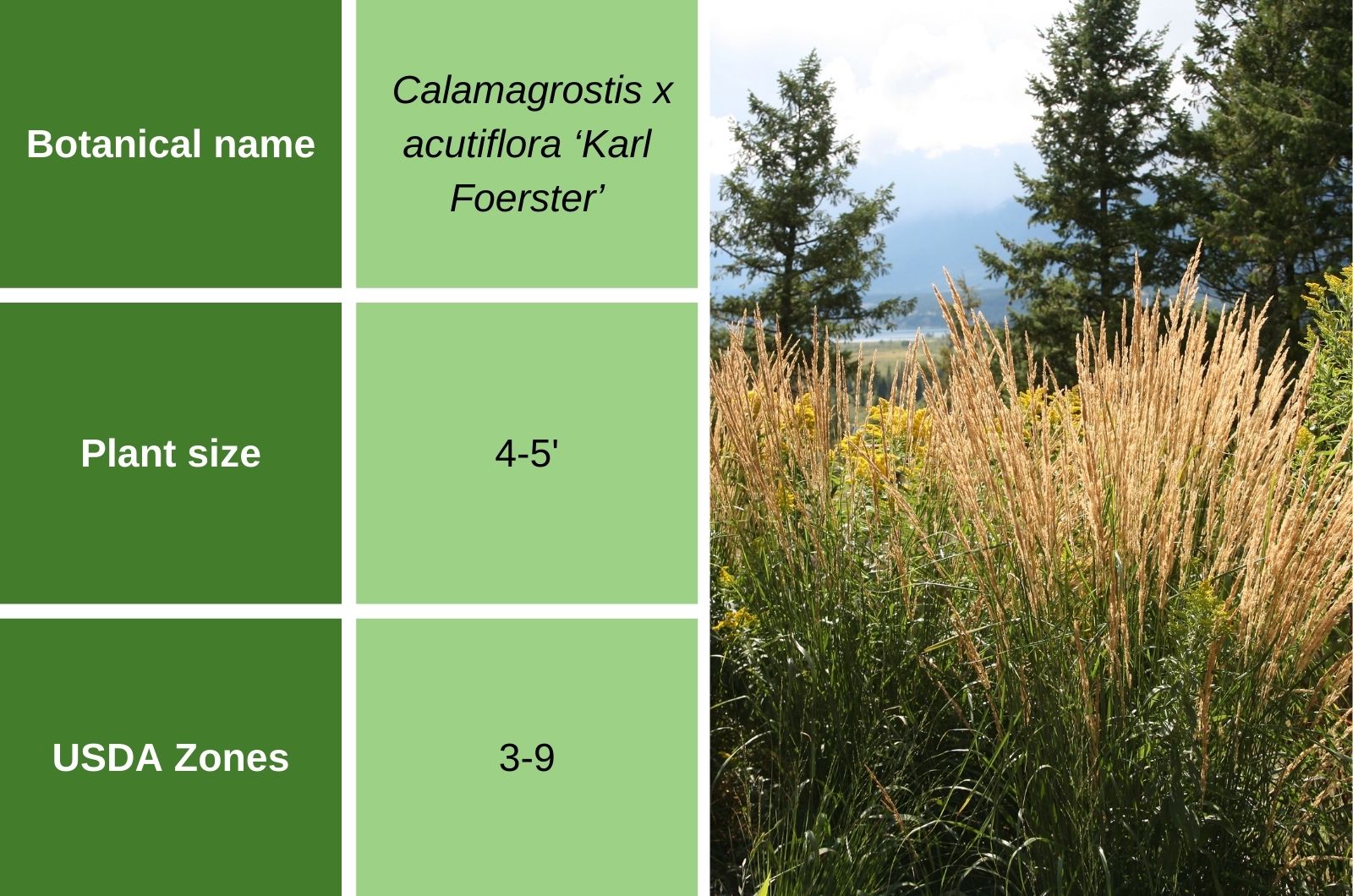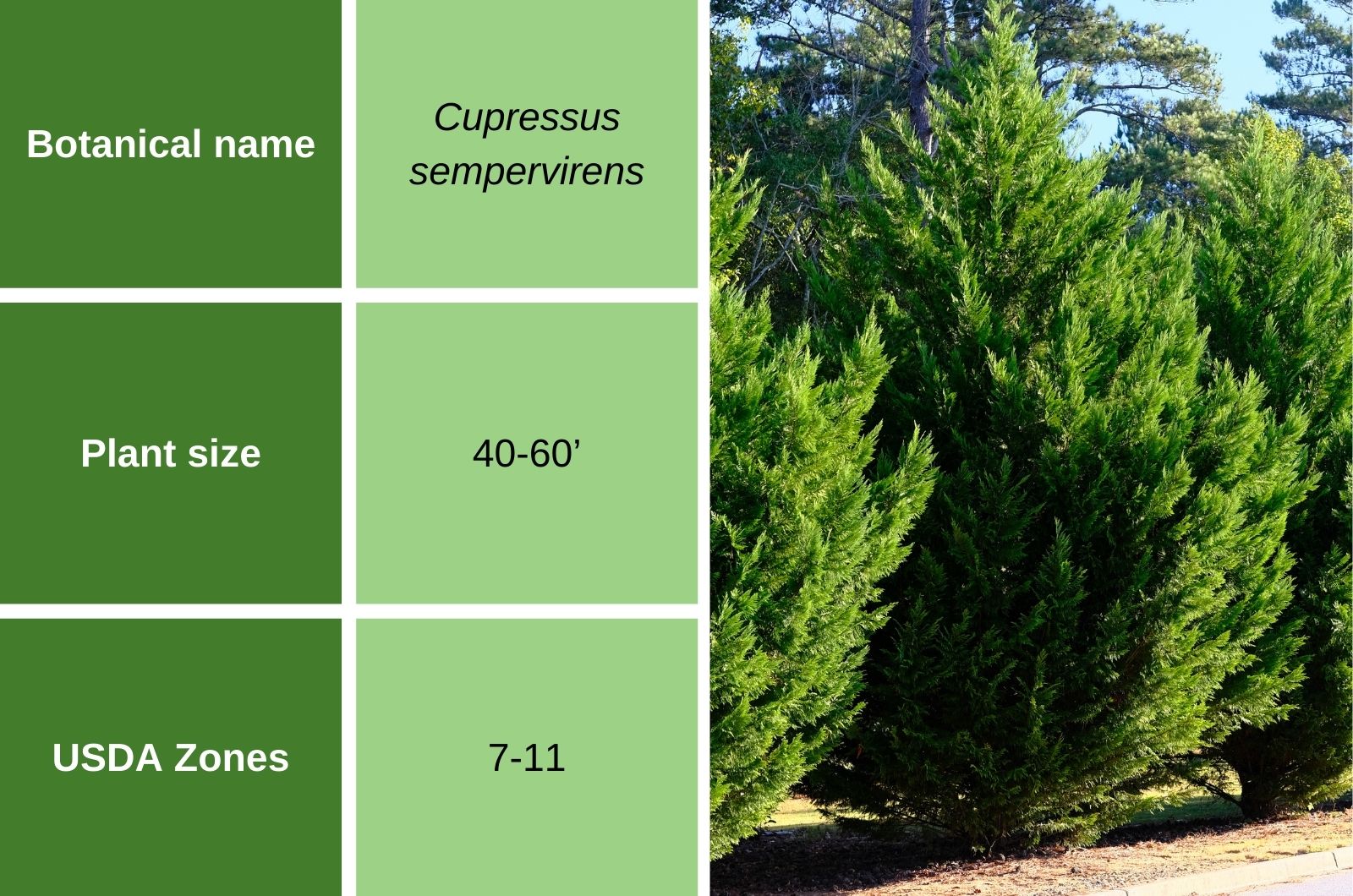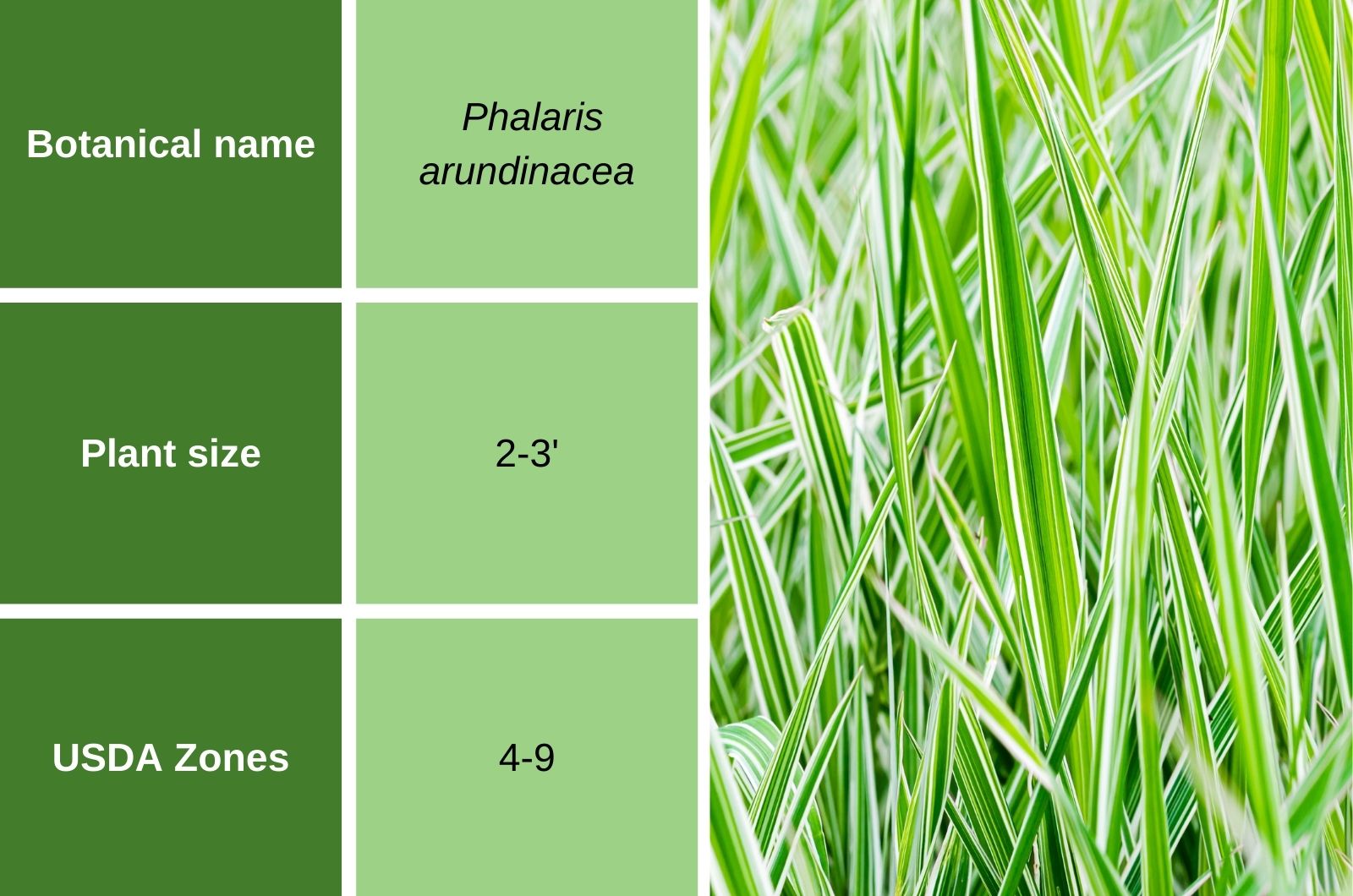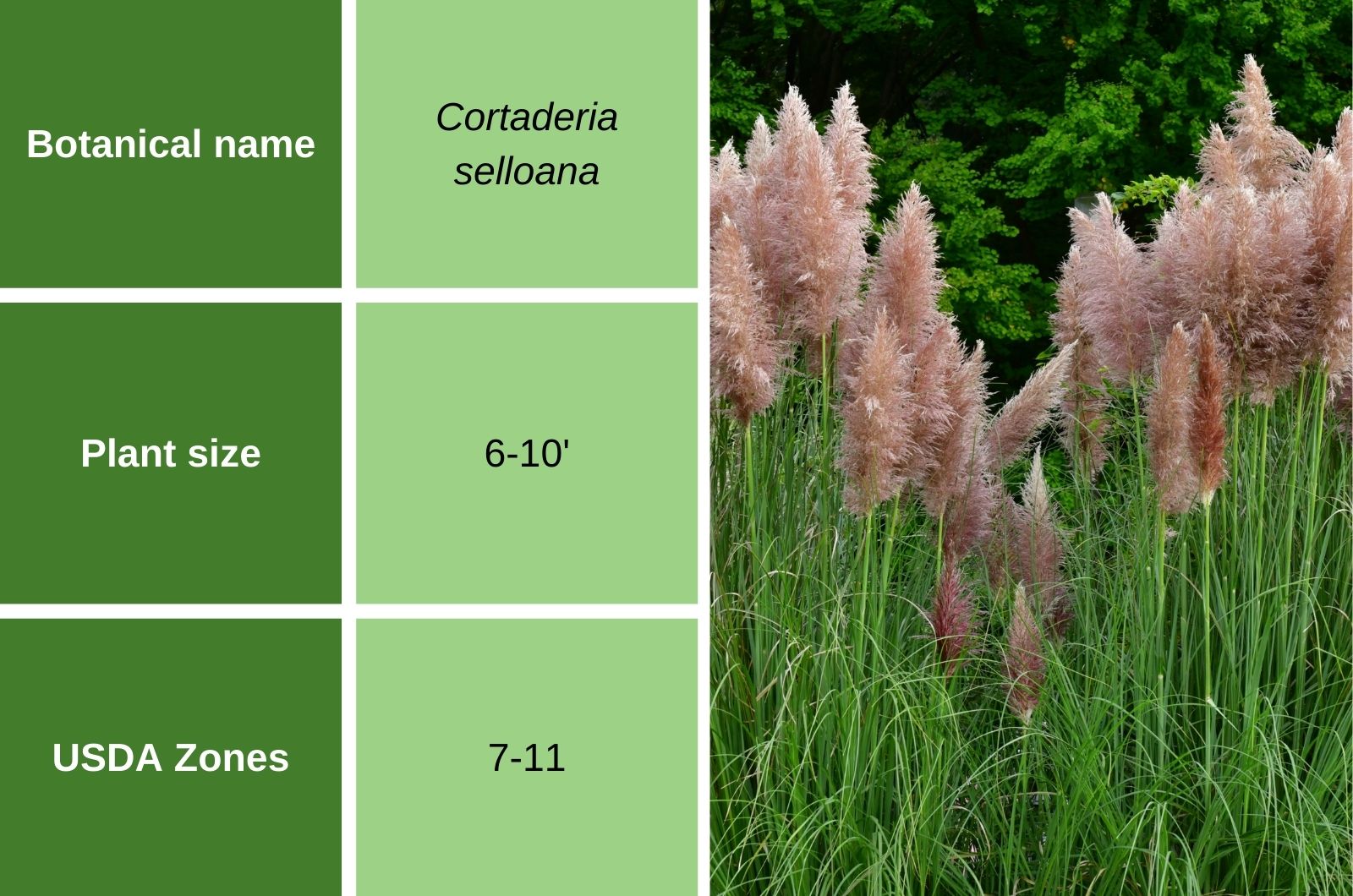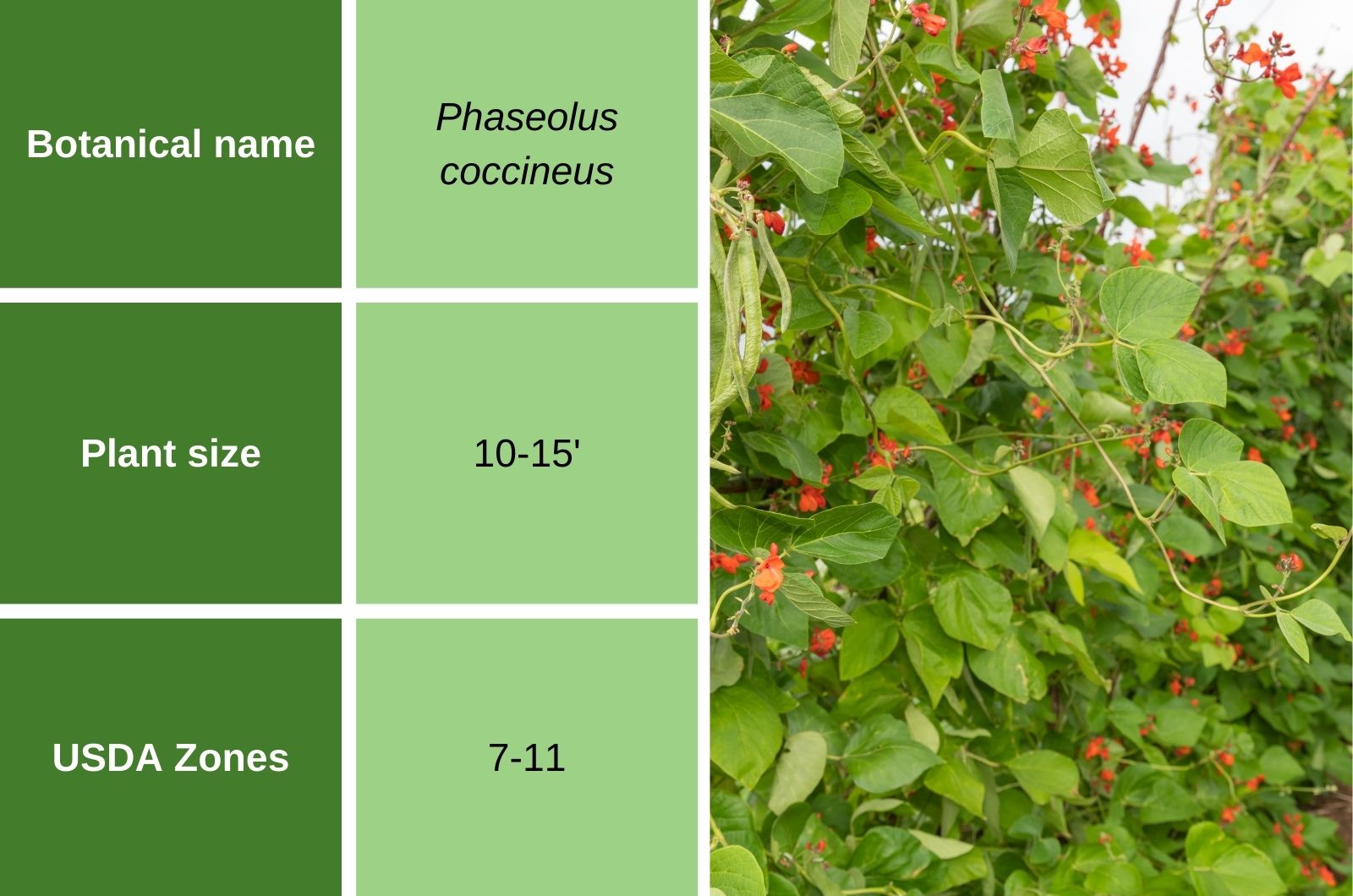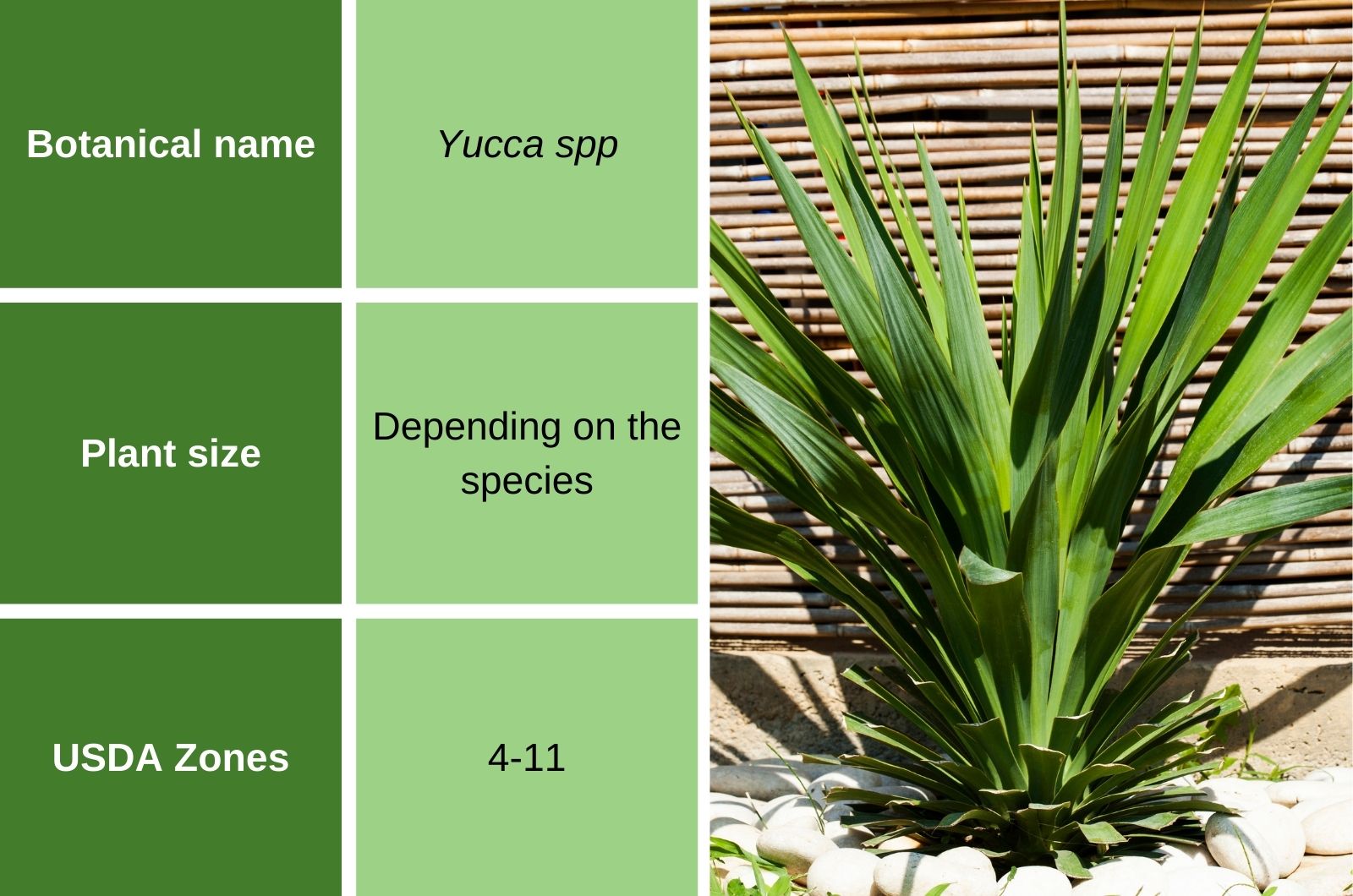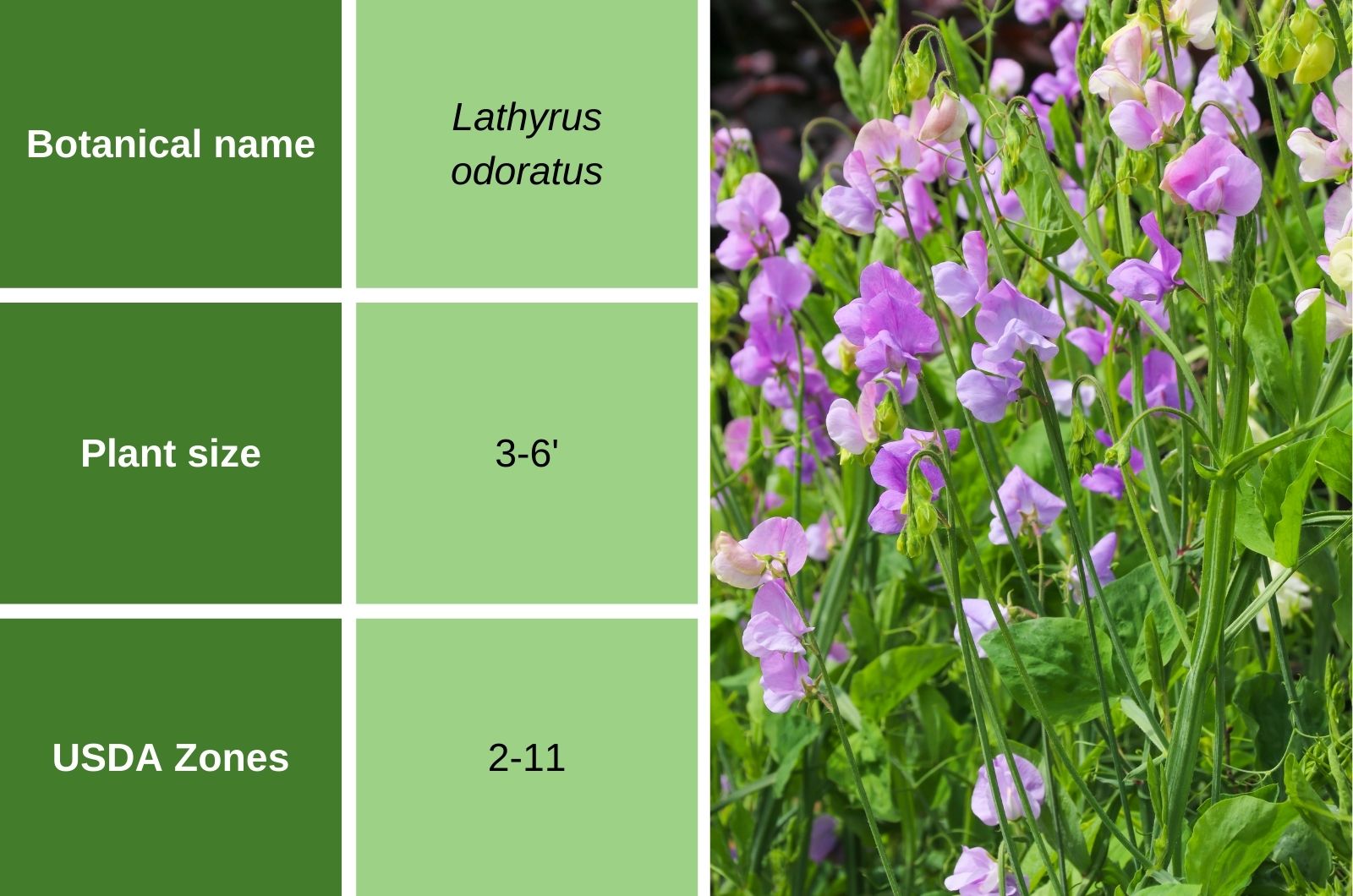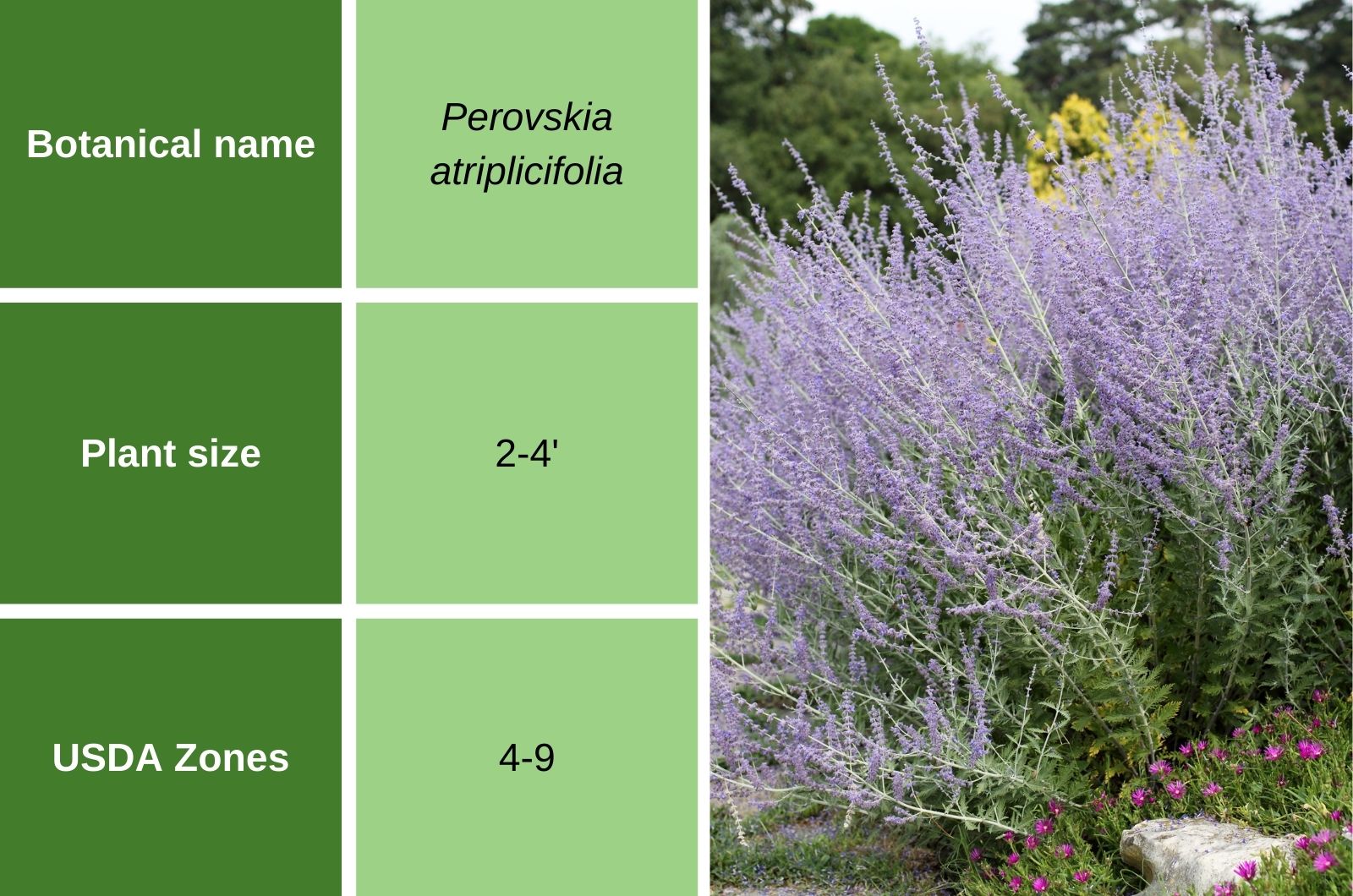Transforming your garden into a beautiful oasis often involves addressing areas that might not be as visually appealing. Fortunately, there are plants that not only add charm to your outdoor space but also work wonders in covering up these unsightly areas!
Whether it’s an unattractive fence, utility boxes, or other eyesores, these plants are your secret weapons for creating a more picturesque and inviting garden.
Keep reading to find out which 15 plants can cover up any unsightly areas and how to grow them.
Let’s get started!
1. Dogwood
If you like small trees or woody shrubs, then dogwood is the perfect choice for you!
These are deciduous shrubs known for their colorful bark and stunning foliage. They grow dense and compact during the growing season, and their red stems become more prominent once they lose their leaves in the fall.
They come in various species, offering different features like variegated leaves or vibrant stems. The most popular variety is ‘Ivory Halo’, a shade-tolerant variety that is great for covering up air conditioners or electrical boxes.
Besides regular watering, you should prune them in the fall or early spring to maintain their shape and encourage flowering.
Related: Cherokee Princess Dogwood: Everything You Need To Know
2. Hedge Cotoneaster
Cotoneaster is an evergreen shrub often used as a hedge because of its glossy leaves and dense growth habit. They may separate properties or serve as a screen for unappealing objects like unity boxes.
This shrub adapts well to various soil types but prefers well-draining soil. It can tolerate full sun to partial shade. Regular pruning can help shape the hedge and promote new growth.
Also read: 11 Best Plants For Winter Gardening For Wildlife
3. Boxwood
Boxwood is a versatile evergreen shrub known for its dense, compact foliage, which is why it is often grown as a winter plant for year-round privacy.
It comes in various varieties and has different sizes and leaf colors, making it suitable for different landscape designs. You can also fashion them to grow as a hedge – they’ll block one side of a view perfectly.
However, if you prefer to move them around, you can also grow these shrubs in containers; just make sure that they get some full to partial sunlight throughout the day, Remember to protect your boxwood from dry winter winds!
4. Juniper
Junipers are coniferous evergreen shrubs or trees known for their needle-like foliage. They come in a range of sizes and forms, offering versatility in landscaping.
Varieties such as ‘Wichita Blue’ are tall enough to block out ugly fences or your neighbors’ view.
On the other hand, varieties like Savin junipers are low-growing and can be used for covering utility boxes or foundations. However, Creeping juniper can also be used for hiding ground panels.
Junipers prefer well-draining soil and can tolerate various conditions, including full sun. They are generally low-maintenance but benefit from occasional pruning to control their size and shape.
Also read: 17 Perfect Plants For Holiday Decorations
5. Clematis
Here is a wonderful flowering vine that can add vertical interest to your garden. With a variety of flower colors and shapes, it can climb structures or sprawl over unsightly areas.
Use clematis to cover chain link fences, or any type of fence for that matter – just remember, they will require netting or some sort of trellis to hold on.
Clematis prefer well-draining soil with their roots kept cool. While the base should be shaded, the vine enjoys full sun on its foliage. Regular pruning and support structures aid its growth and appearance.
This might be useful: 5 Helpful Tips For Growing Clematis In Pots Successfully
6. Karl Forester Grass
Besides trees and shrubs and vines, you can also use tall ornamental grasses to cover up unsightly areas in your landscape!
Karl Foerster Grass is a clump-forming ornamental grass known for its upright growth and feathery flower plumes. It adds three-season coverage and structure to the garden.
This grass thrives in well-draining soil and prefers full sun. It is relatively low-maintenance, requiring occasional pruning to remove dead foliage and maintain its tidy appearance.
You can prune in the fall but most gardeners leave them through the winter and cut them back in spring. If they are not messy, you can skip spring pruning too since the new growth will just grow into the old growth.
7. Italian Cypress
Italian cypress is a popular evergreen tree with a tall, narrow profile, making it an excellent choice for creating a vertical screen or hiding structures. It has aromatic foliage and elegant features.
Grow Italian cypress in well-draining soil and full sun exposure. Once established, it can withstand some drought and benefits from periodic trimming to keep its shape.
Also read: 8 Tall Skinny Trees Perfect For Small Outdoor Spaces
8. Ribbon Grass
Although invasive in some regions, Ribbon grass is a variegated perennial grass mostly grown to cover up things like ugly foundations, air conditioners, or utility boxes. Known for its striped leaves, it forms dense clumps and provides a lush, ground-covering effect.
This grass adapts to various soil conditions and can thrive in partial shade. Regular maintenance, including dividing the clumps and controlling its spread, helps manage its growth.
9. Rosemary
Rosemary is an aromatic evergreen herb with needle-like leaves. Often used for culinary purposes, rosemary shrubs can also be fashioned into hedges that cover up low fences, electrical boxes, garbage bins, etc.
Rosemary prefers well-draining soil and full sun. It is drought-tolerant and benefits from regular pruning to shape it and encourage bushier growth.
Also read: 20 Genius Ways To Use Rosemary That Will Surprise You
10. Pampas Grass
Pampas grass is yet another tall, striking grass known for its tall, feathery plumes. Since they grow tall and wide, pampas grasses can be used to create a thick, lush screen for covering up any unsightly areas or objects in the yard.
Growing pampas grass is relatively easy – keep them in well-draining soil, prune them in the late winter or early spring, and make sure they receive full sun.
Please note that pampas is invasive in warmer parts of the United States, such as California. Prevent them from spreading by regular pruning and controlling its growth.
11. Scarlet Runner Beans
If you are looking for a quick growing cover-up plant, then Scarlet Runner beans are the ideal option for you.
These are annual vines that grow quickly and easily atop trellises or fences. Plant them in the ground or in pots if you want to move them around.
Make sure that your new runner beans get enough sunlight throughout the day. Remember to soak the seeds for a couple of hours before planting them.
Also read: 5 Stunning Climbing Plants For Trellises, Arbors, And Archways
12. Yucca
Yucca plants are known for their large spiky leaves which make them suitable for creating focal points or disguising undesirable views.
You can pick and choose from so many different varieties, including Adam’s needle yucca, which can be used to block views of air conditioners or utility boxes. Keep in mind that they are large and spiky, so don’t plant them near things that need to be accessed.
These plants adore full sunlight and well-draining soil; they are also drought-tolerant, so you won’t have to worry about watering them often.
Related: Spineless Yucca Care Guide + How To Solve Its Common Problems
13. Sweet Peas
Sweet peas are climbing plants that produce fragrant, colorful flowers. They offer a charming, cottage garden feel and can be used to cover structures or unsightly areas.
When growing sweet peas, keep in mind that you should provide them with some type of support so that they can grow and thrive gracefully.
Keep your sweet peas in full to partial sun and well-draining soil. Regular deadheading encourages flower production, so don’t forget to do that as well!
14. Russian Sage
Russian sage is a woody perennial with airy, silver-gray foliage and lavender-blue flowers. Its thick foliage and flowers can cover up unsightly objects in your garden while also adding a soft touch to it.
This lovely perennial grows well in full sun and well-draining soil. Cut Russian sage back in spring and expect new growth soon.
Related: 2 Best Ways To Revive A Yellowing Russian Sage Plant
15. Emerald Cedar
Emerald cedar, otherwise known as Thuja smaragd, is a conical-shaped evergreen shrub with dense growth and tall coverage. It serves as an excellent privacy screen or living fence to prevent unwanted views.
You can grow them in the ground or plant them in containers to move them around. Remember to keep your Emerald cedar in full to partial shade and soil that drains well. Don’t expose it to too much sunlight or it might burn.
Also read: 14 Breathtaking Low-maintenance Hedging Plants For Your Garden

